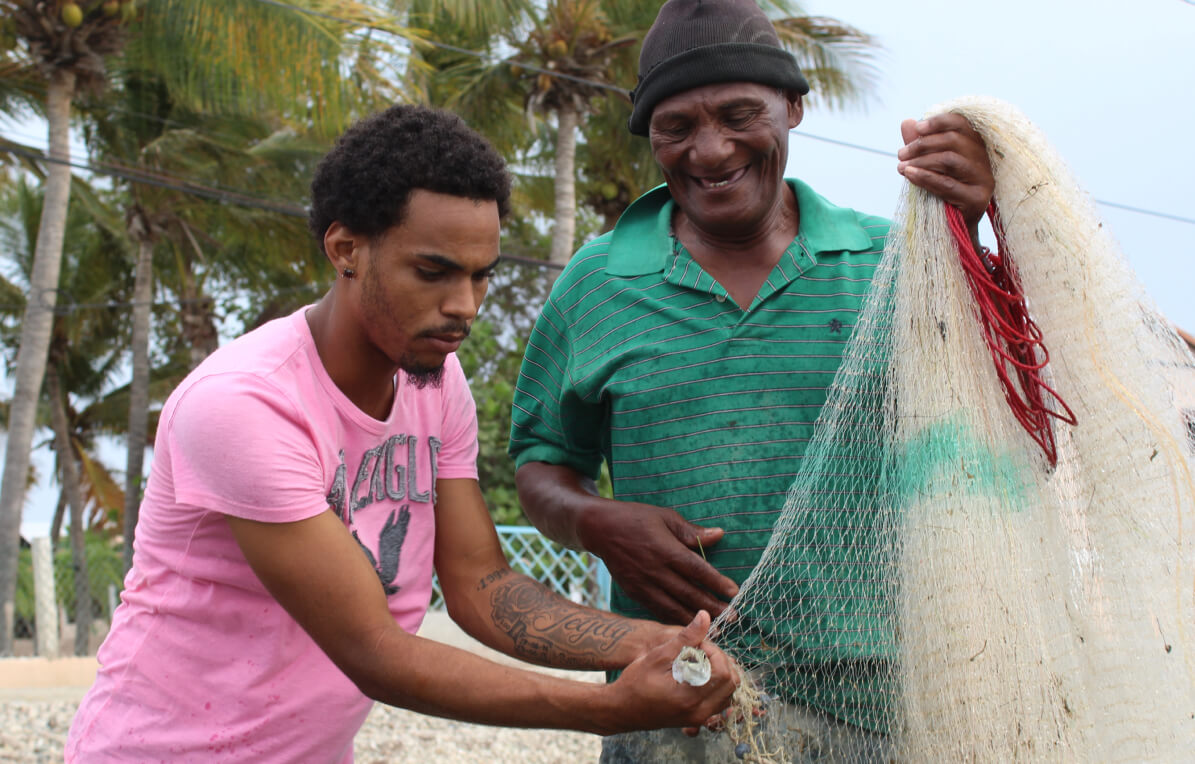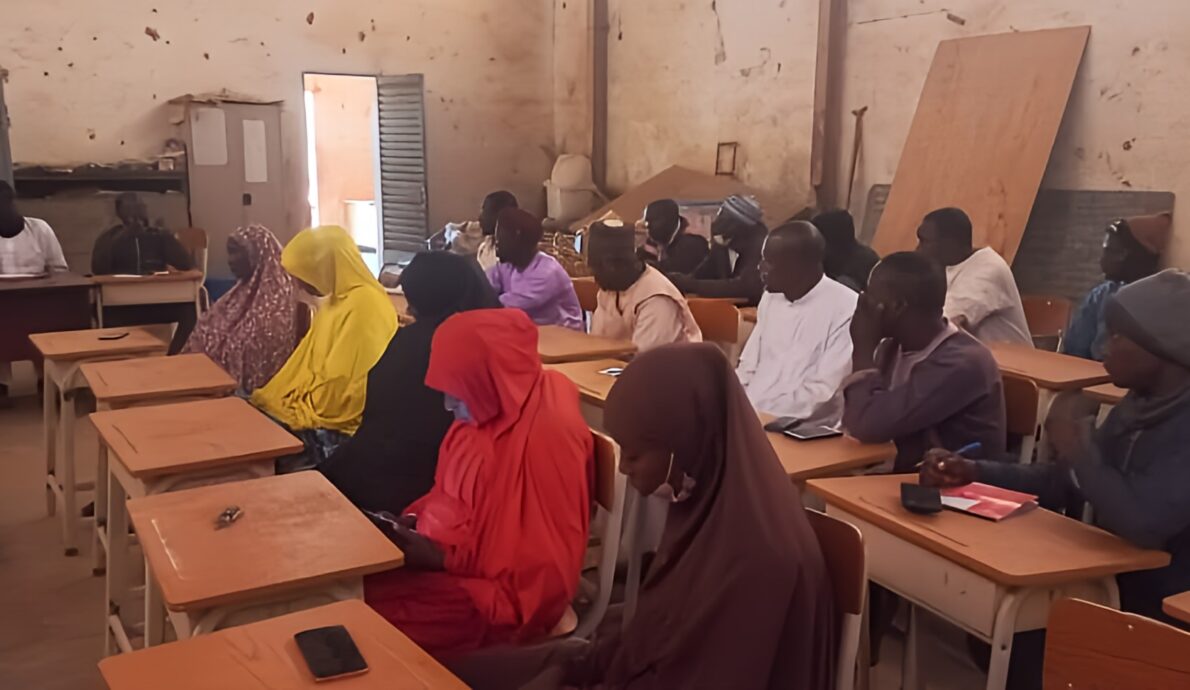Tonight, leaders from more than 190 countries will be heading home from COP21, a United Nations convention on climate change. For two weeks, global leaders have discussed the world’s most cutting-edge approaches for managing global warming, including a national framework on blue carbon drafted by Counterpart International and the National Council for Climate Change and the Clean Development Mechanism (the Climate Council) of the Dominican Republic.
The plan, called a Nationally Appropriate Mitigation Action (NAMA), is the first in the world to focus on blue carbon, the carbon emissions captured by marine ecosystems. It was formally presented at COP21 by the Climate Council’s Moisés Álvarez and can serve as a model for other nations to replicate.
“Blue carbon is still not factored into the UN Framework Convention’s carbon credit system,” said Joan Parker, Counterpart’s President and CEO. “Managing blue carbon is a crucial component of climate resiliency, and Counterpart is working with the Climate Council to help incorporate this valuable resource into the DR’s national conservation strategy. This work will position the country as a leader in the field, and so the NAMA was presented at COP21 to share our innovation with others on a global stage.”
The NAMA was inspired by a study Counterpart published in 2014 with Oregon State University, the University of Santo Domingo and local partner AgroFrontera. A groundbreaking study, it outlined new evidence connecting mangrove deforestation and carbon emissions. As a result of this research – and the expertise Counterpart has cultivated through its climate resiliency projects in the Dominican Republic – the Climate Council invited Counterpart to co-draft the NAMA in November 2014.
As the NAMA (currently moving from its concept to preparation phase) proposes, a national-level, multi-sectoral approach with six foundational components: quantifying the capacity of “carbon sink,” developing an inventory of carbon credits, facilitating a national dialogue to raise public awareness and build partnerships, restoring and reforesting mangroves, developing strategies to support economic development and designing a plan to implement the NAMA.
Posted by the NAMA Registry in June 2015, the NAMA has gained interest from the Ministry of Environment and the Climate Technology Centre & Network (CTCN), which has offered technical support to assist during the next stage of process: the plan’s implementation.
Counterpart has a seven-year history of partnering with local communities and organizations in the DR to combat climate change and strengthen local livelihoods. Currently, our Coastal Community Resiliency program educates youth about coastal conservation and builds the capacity of local partners to manage and maintain conservation activities. Our Fisheries and Marine Conservation in Montecristi National Park program brings together Park staff and fishing families to work in unison towards more responsible fishing practices.




